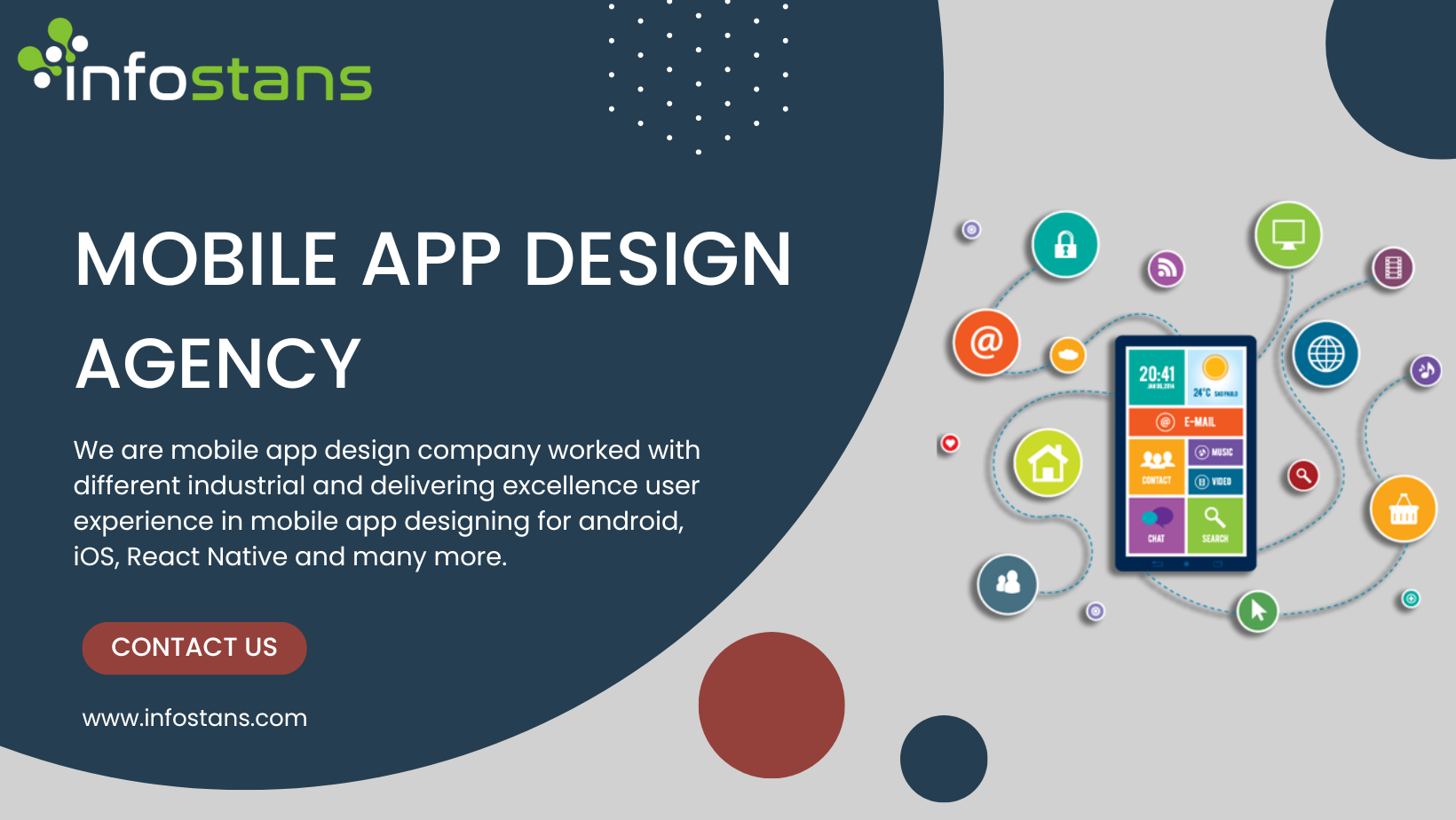Unlock the Power of Mobile App Design: A Comprehensive Guide

Mobile App Design (MAD) is the art and practice of creating the user interface of mobile applications for smartphones, including their visual elements and layout, functional features, and navigational elements. Mobile App Design strives to deliver a user-friendly experience across different devices and screen sizes while ensuring device compatibility.
Web designers must keep in mind when developing applications for mobile use that they must accommodate touchscreen devices, which presents unique challenges that demand careful consideration of all details. For instance, smartphone displays use fewer pixels to convey similar information compared to traditional desktop monitors, so it is essential that developers balance between how much data is presented on-screen and its ease of navigation by users.
With the rise of mobile app usage, there is an increased need for high-quality mobile apps. To meet this demand, the Mobile App Design industry has responded with best practices for designing them, not only aiming at increasing quality but also ensuring user-friendly and intuitive design of new apps.
Users appreciate apps with low resource footprints, which reduce download sizes, data costs, and battery life usage. Transparency in how much data an app consumes is especially valued—such as in YouTube Go, which allows users to choose the video quality they'd like to download while estimating the data consumption.
As smartphones evolve, users have grown accustomed to larger screens and the wider capabilities they offer. Therefore, most mobile apps have been revamped to take advantage of these larger screen sizes, resulting in more visually pleasing and user-friendly designs. However, designers must remember that users have limited attention spans—offering too many options can cause users to abandon the app.
Most smartphones operate on either Apple's iOS (for iPhones and Apple Watches) or Google's Android operating systems. As such, apps are often designed for one platform, unless they are created for multiple platforms simultaneously, which can increase development time, costs, and complexity while making it difficult to provide a seamless, responsive experience across all platforms.
To avoid this, it is vital that apps adhere to the native guidelines of each operating system when designed. This ensures smooth functionality across devices and provides users with UI elements and interaction patterns they are familiar with. Furthermore, mimicking elements from other platforms should be avoided, as it can create confusion and lead to an inconsistent user experience in Mobile App Design.
- Art
- Causes
- Crafts
- Dance
- Drinks
- Film
- Fitness
- Food
- Jeux
- Gardening
- Health
- Domicile
- Literature
- Music
- Networking
- Autre
- Party
- Religion
- Shopping
- Sports
- Theater
- Wellness
- IT, Cloud, Software and Technology


